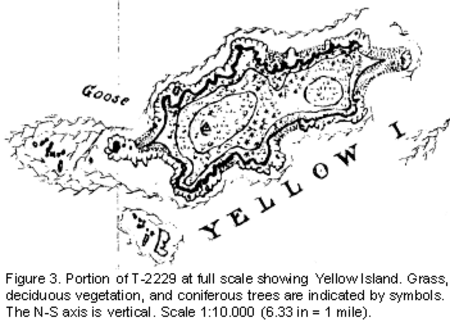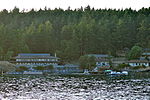Yellow Island
Protected areas of San Juan County, WashingtonSan Juan IslandsWashington (state) geography stubs

Yellow Island, one of the San Juan Islands, is an 11-acre (4.5 ha) island, located south-west of Orcas Island, and north of Shaw Island, near Jones Island State Park, in San Juan County, Washington, United States. The island is home to a wide array of flora and fauna, including over 50 species of wildflowers, bald eagles, harbor seals, black oystercatchers, and harlequin ducks. The island was purchased in 1979 by The Nature Conservancy, and is administered as a nature preserve.
Excerpt from the Wikipedia article Yellow Island (License: CC BY-SA 3.0, Authors, Images).Yellow Island
Geographical coordinates (GPS) Address Nearby Places Show on map
Geographical coordinates (GPS)
| Latitude | Longitude |
|---|---|
| N 48.5923 ° | E -123.032 ° |
Address
San Juan County
Washington, United States
Open on Google Maps




